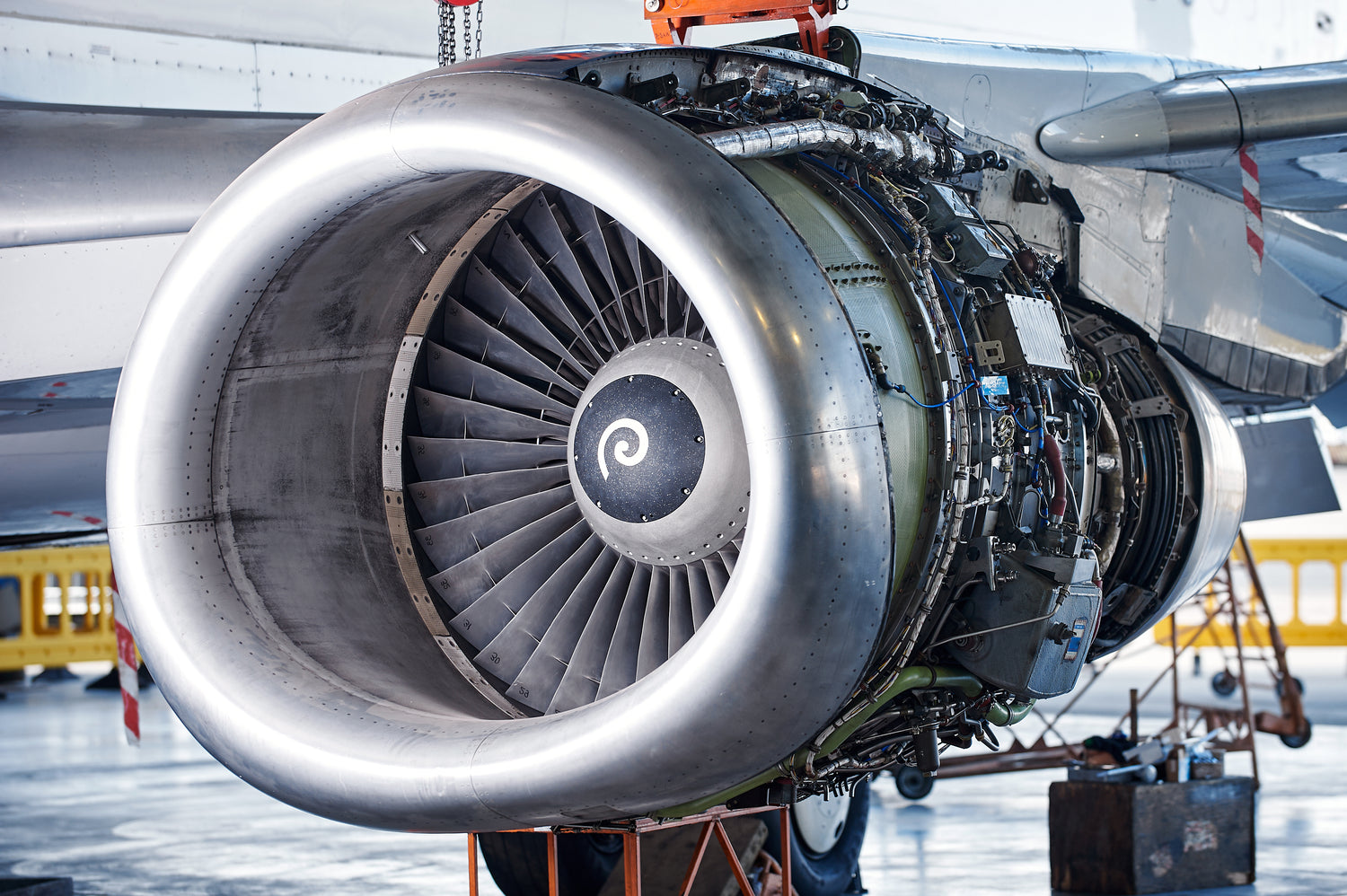
Aerospace
3D printing in aerospace is used extensively to produce lightweight, high-strength components that improve fuel efficiency and performance. It's ideal for creating complex structural parts like brackets and mounts, as well as engine components such as turbine blades and fuel nozzles, thanks to its ability to work with high-performance alloys and intricate geometries. The technology also accelerates research and development through rapid prototyping, allowing quick testing and iteration of designs. In addition, aerospace manufacturers use 3D printing to create custom tooling, jigs, and fixtures, as well as to reproduce obsolete or low-volume replacement parts. Interior aircraft elements like ducting and seat components benefit from the reduced weight and customization 3D printing offers. In space applications, it enables the production of ultra-light, durable parts for satellites and spacecraft, even supporting future in-space manufacturing initiatives.
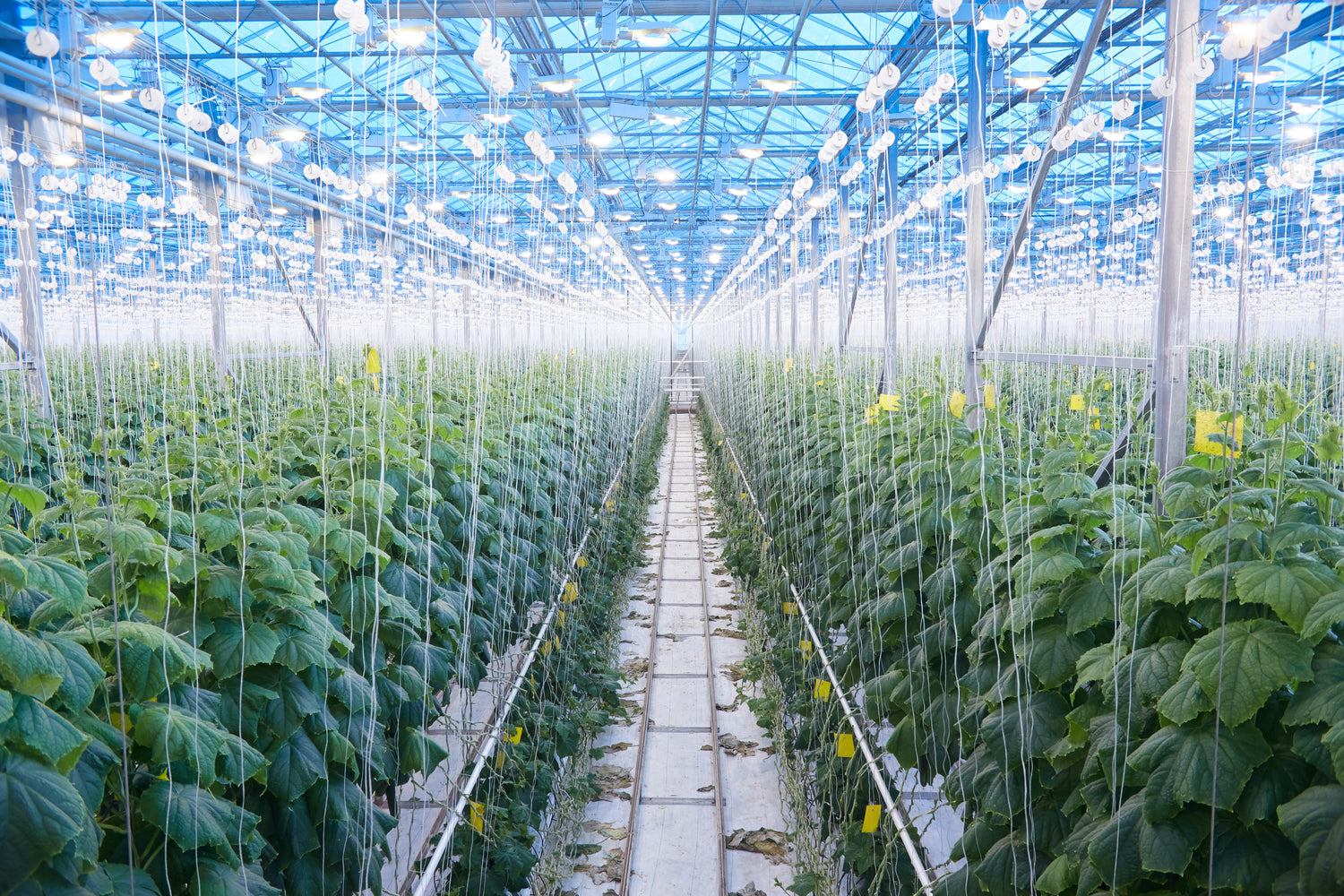
Agriculture
3D printing is increasingly used in agriculture to enhance efficiency, reduce costs, and support innovation. Farmers and agricultural engineers use it to create custom tools, equipment parts, and attachments tailored to specific tasks or machinery. It also enables fast production of replacement parts for tractors or harvesters, reducing downtime. In research and development, 3D printing supports rapid prototyping of new farming technologies, such as automated systems or precision tools. Additionally, it’s used to produce components for crop monitoring devices, hydroponic systems, and custom solutions for animal care, including feeders and prosthetics. This flexibility helps drive smarter, more sustainable farming practices.
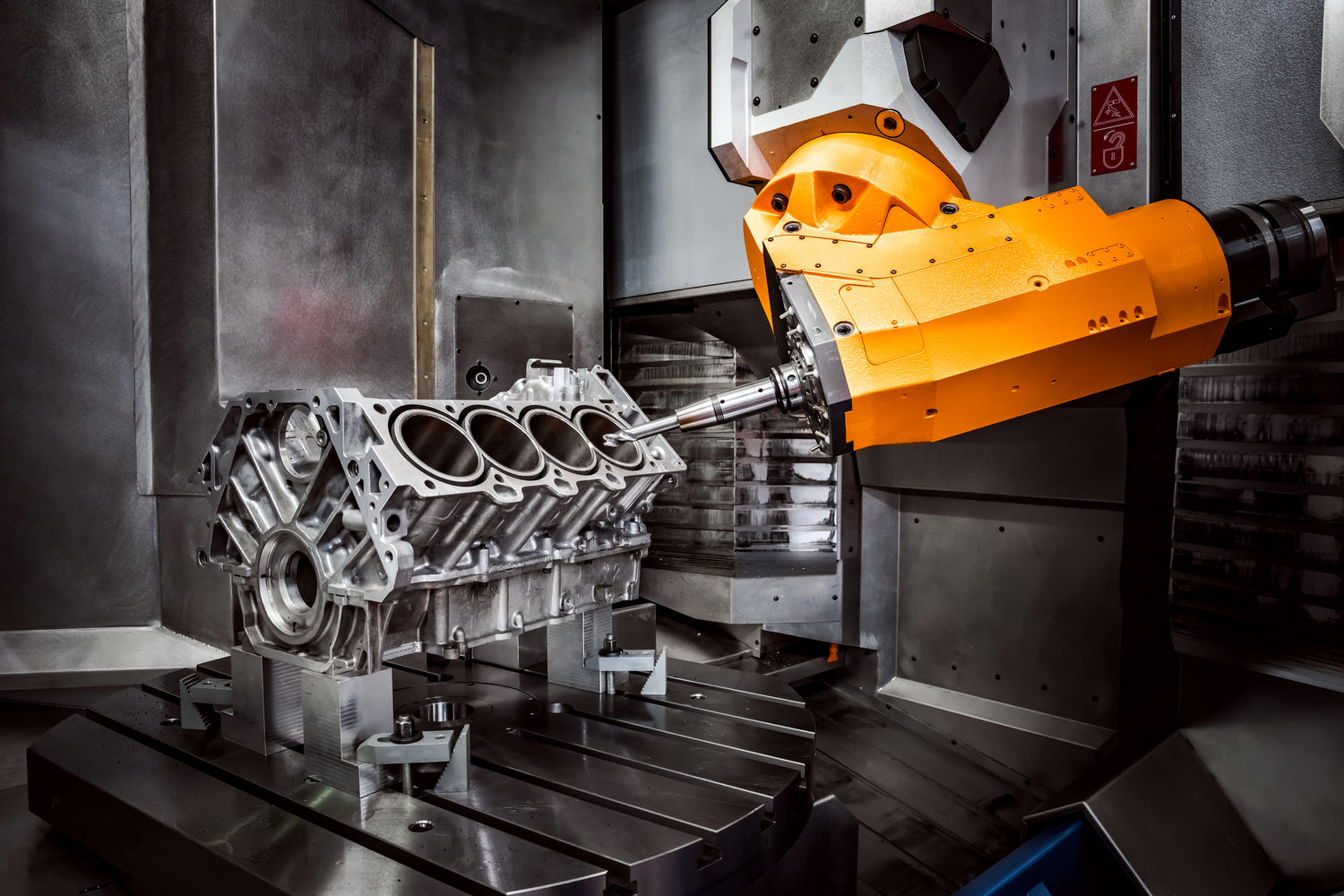
Automotive
3D printing is widely used in the automotive industry to accelerate development, improve performance, and reduce costs. It's commonly applied for rapid prototyping of vehicle components, allowing designers to quickly test form, fit, and function. Manufacturers also use it to produce custom tools, jigs, and fixtures for assembly lines. In performance and motorsport applications, 3D printing enables lightweight, complex parts like intake manifolds, brackets, and aerodynamic features. Additionally, it supports low-volume production of custom or vintage car parts, including interior trim and body components. As the technology advances, it's also being explored for end-use parts in electric and concept vehicles.
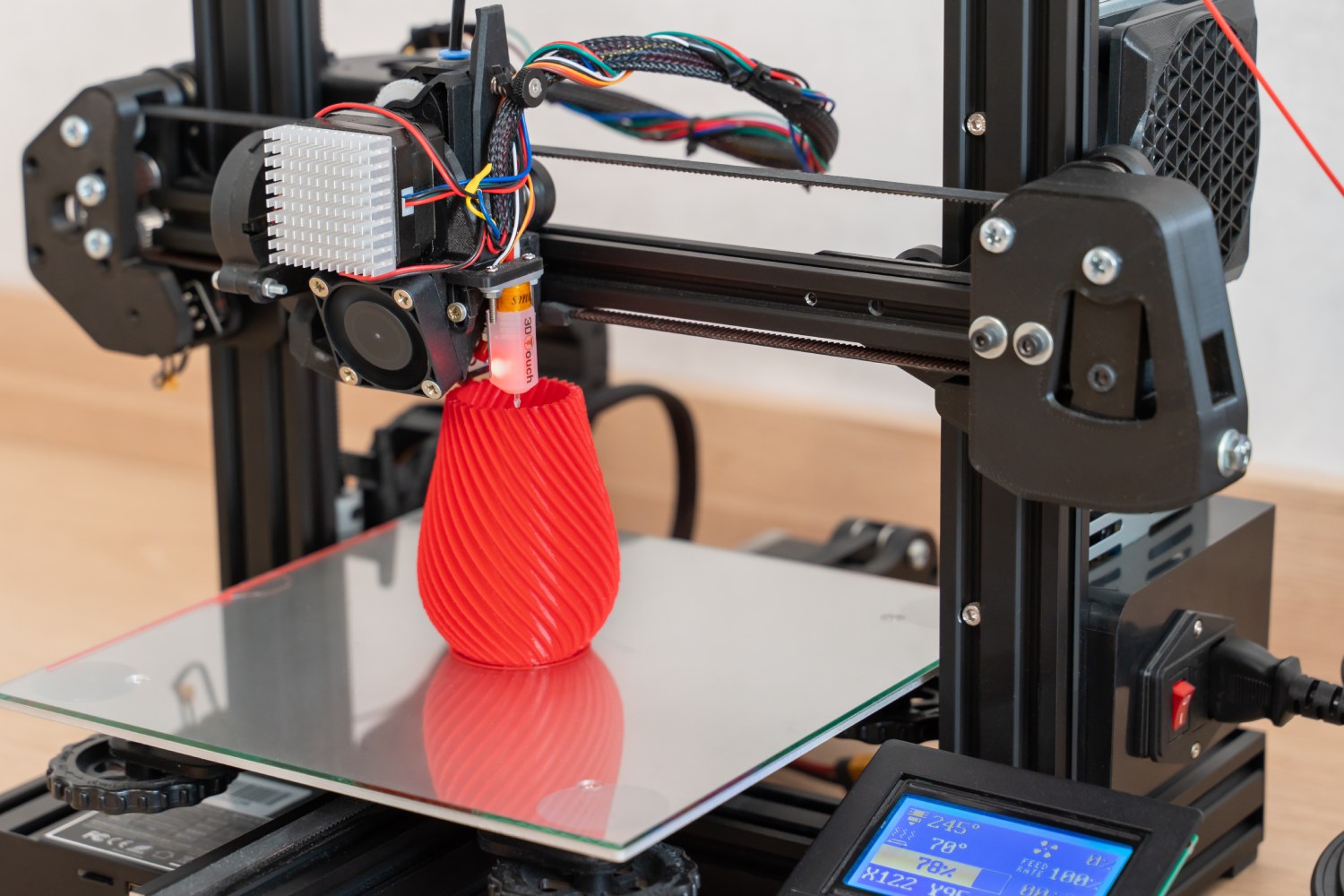
Consumer
3D printing empowers consumers to create customized, practical, and creative items at home or through online services. Common uses include personalized home décor, tools, phone stands, and kitchen gadgets. Hobbyists use it for making toys, cosplay props, model kits, and game pieces. It also supports DIY repairs by printing replacement parts for household items or electronics. In fashion and accessories, consumers can print custom jewelry, eyewear frames, or wearable items. Additionally, educational use is growing—families and students use 3D printers for school projects, STEM learning, and hands-on creativity.
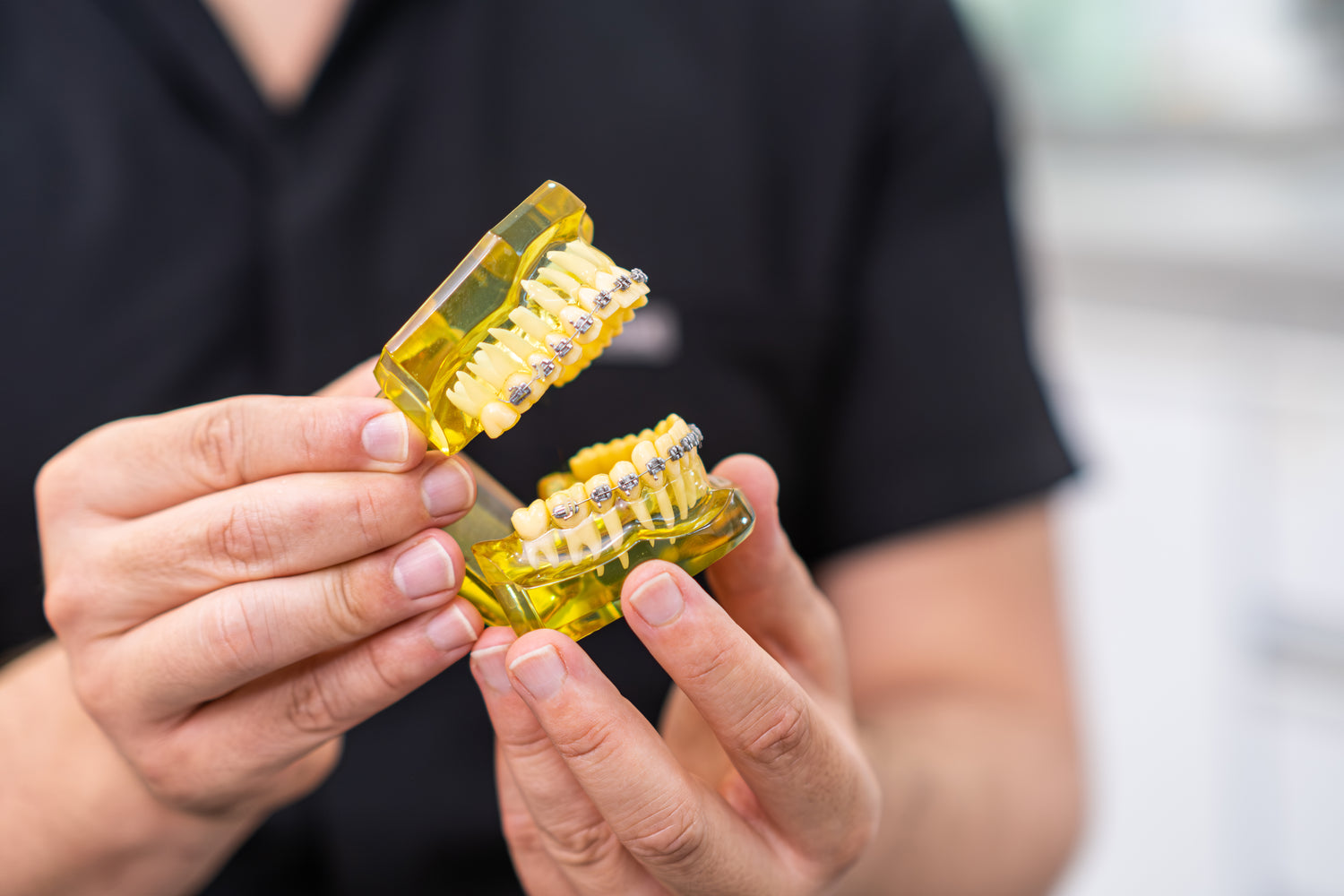
Dental
3D printing is transforming dentistry by enabling faster, more accurate, and cost-effective treatment solutions. It’s widely used to produce custom dental models, crowns, bridges, aligners, and surgical guides with high precision. Dentists and labs use intraoral scans and CAD software to design patient-specific solutions, which are then 3D printed in biocompatible materials. Orthodontic applications include creating clear aligners and retainers, while prosthodontics benefit from 3D-printed dentures and implants. It also streamlines workflow by reducing turnaround time and allowing same-day restorations in some practices.
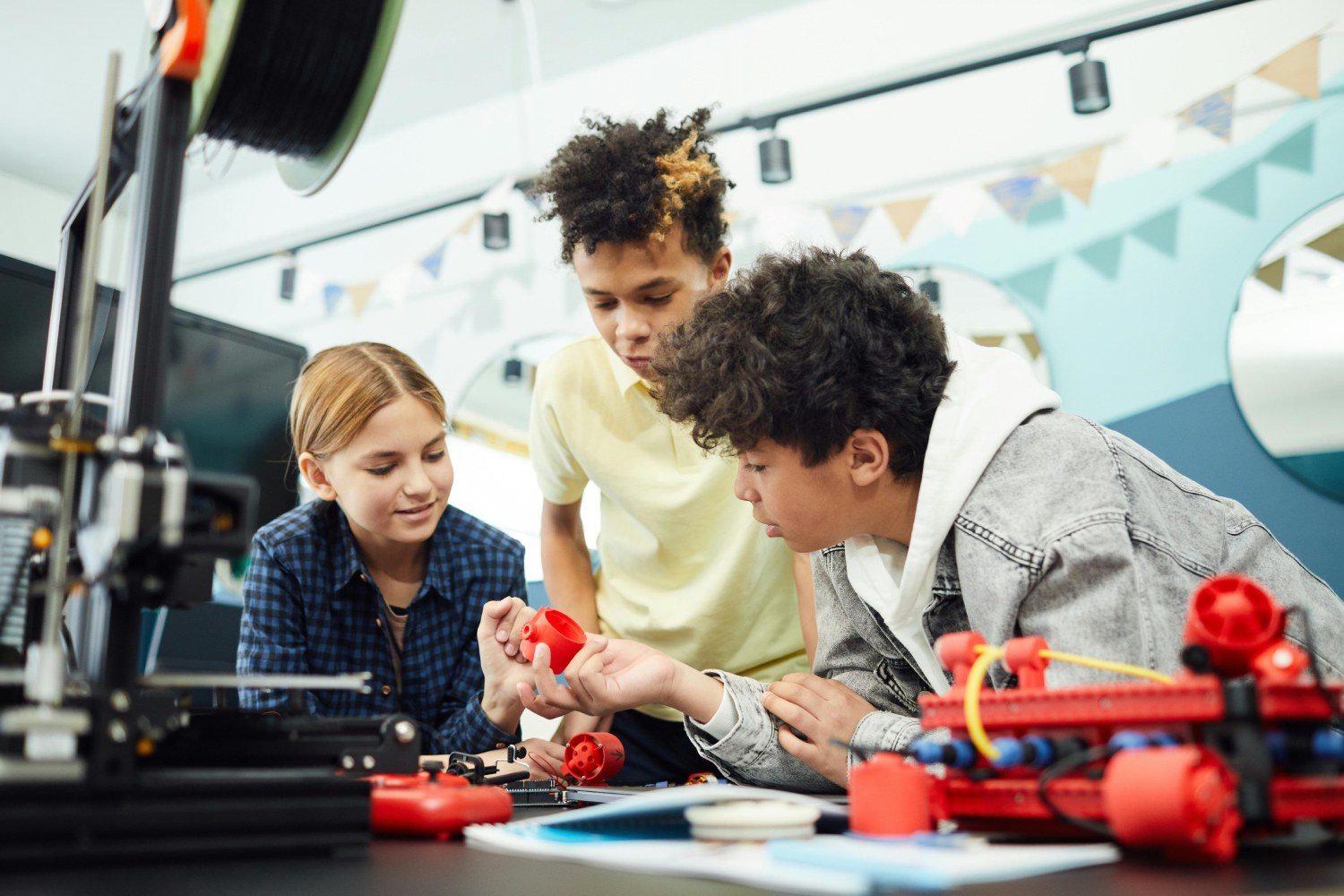
Education
3D printing is a powerful tool in education, helping students turn ideas into tangible models and enhancing hands-on learning across subjects. In STEM, it’s used to create prototypes, engineering models, and scientific visual aids like molecules or anatomical parts. In art and design, students can produce custom sculptures, jewelry, or architectural models. It supports project-based learning by encouraging creativity, problem-solving, and iteration. Educators also use it to create classroom tools, manipulatives for math, or historical replicas for social studies. Overall, 3D printing fosters innovation and practical skills in K–12 and higher education settings.
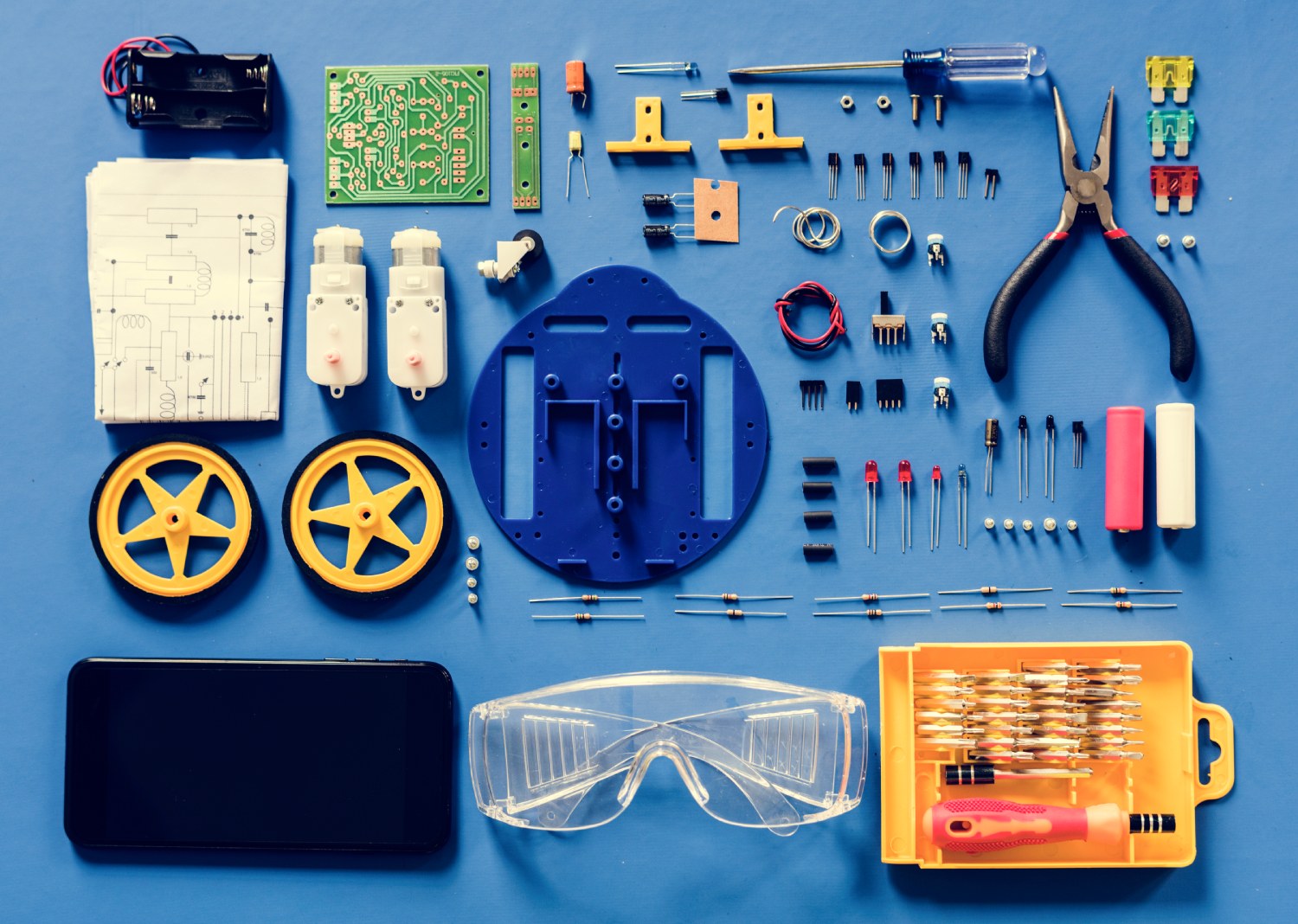
Electronics
3D printing plays a growing role in electronics by enabling rapid prototyping, custom enclosures, and even functional circuit elements. Designers use it to create housings for devices, wearables, and sensor systems tailored to exact dimensions. It’s also used to integrate mechanical and electronic parts in a single print, streamlining assembly. Advanced techniques allow for printing conductive traces, antennas, and PCB prototypes directly onto substrates. Makers and startups benefit from faster iteration cycles for consumer gadgets, IoT devices, and custom electronics, reducing time from concept to functional prototype.

Energy
3D printing is increasingly used in the energy sector to improve performance, reduce costs, and enable innovation. In oil and gas, it's used to produce durable, complex parts like turbine components, valves, and drilling tools. In renewable energy, 3D printing supports the development of custom parts for wind turbines, solar panel mounts, and hydroelectric components. It's also valuable for rapid prototyping and testing of energy-efficient designs. In battery and fuel cell research, 3D printing allows precise fabrication of experimental structures and housings. Additionally, it helps maintain older infrastructure by producing hard-to-find replacement parts on demand.

Industrial
3D printing is widely adopted across industries for its ability to create complex, high-performance parts quickly and cost-effectively. Key applications include rapid prototyping for product development, tooling and fixtures for manufacturing, and low-volume production of custom or complex components. It’s used to make replacement parts for machinery, helping reduce downtime, and to produce lightweight, optimized structures in sectors like aerospace, automotive, and robotics. In some cases, it's used for mass customization of products or for on-demand manufacturing to reduce inventory needs. Overall, 3D printing boosts flexibility, speed, and innovation in industrial operations.
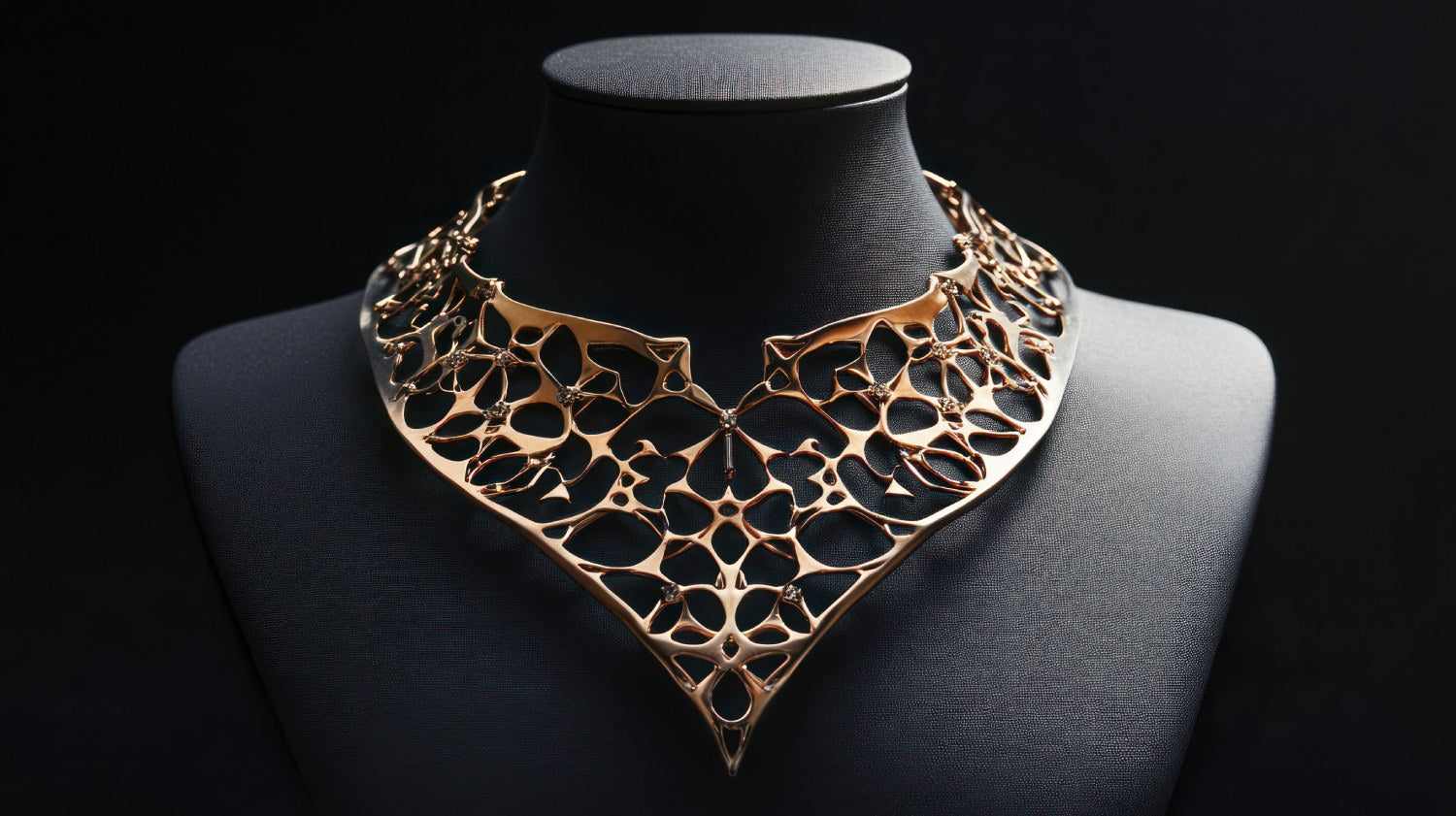
Jewelry
3D printing is revolutionizing jewelry design and manufacturing by enabling highly detailed, customized, and efficient production. Designers use it to create intricate prototypes and master models for casting, drastically reducing lead time and cost. It supports mass customization, allowing one-of-a-kind pieces tailored to individual customers. Lost-wax casting patterns are now commonly 3D printed in wax or resin, improving precision and design freedom. Additionally, some technologies can directly print metal jewelry, eliminating molds entirely. 3D printing empowers both independent artisans and large manufacturers to innovate and streamline their workflows.
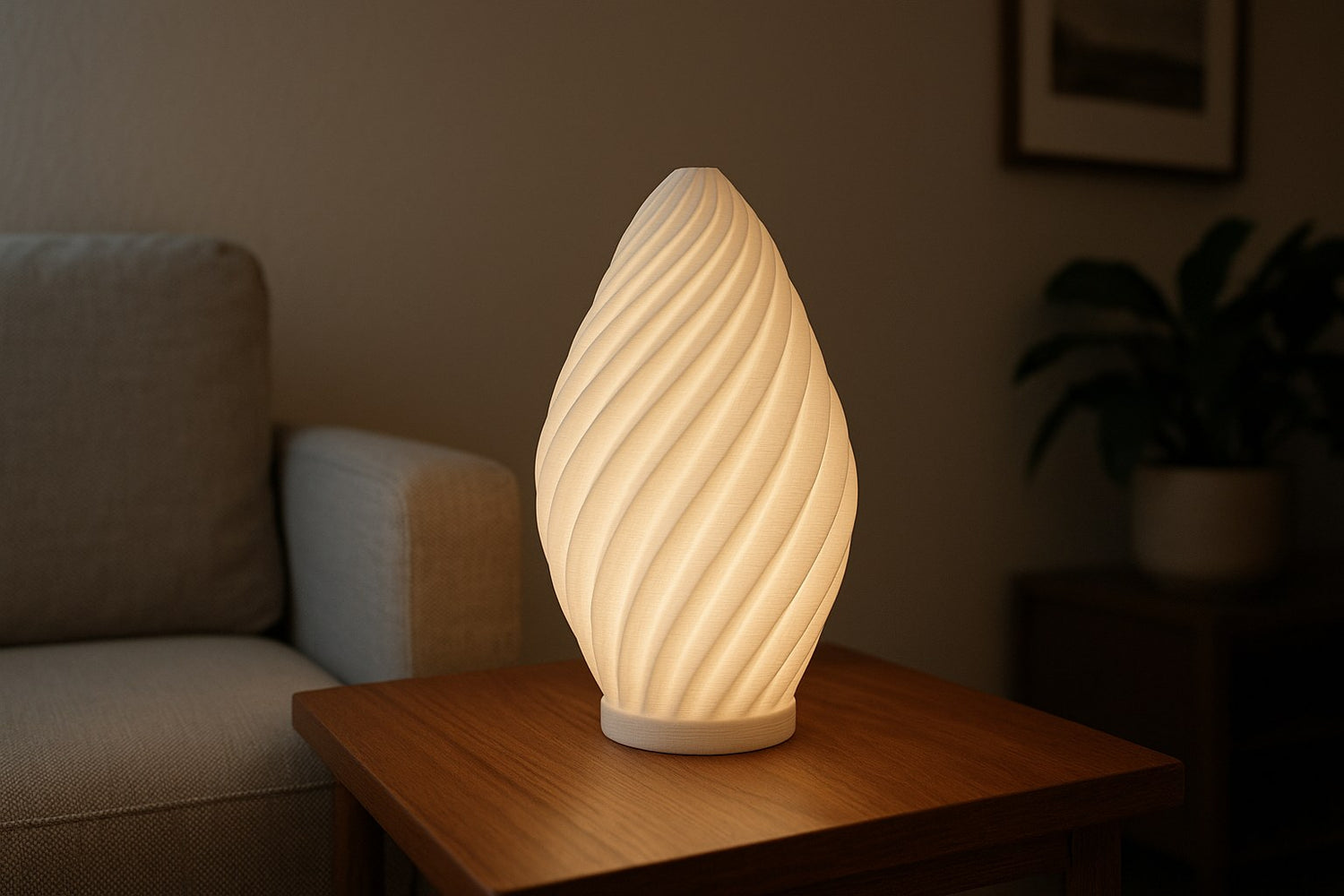
Lighting
3D printing is increasingly used in the lighting industry to create custom fixtures, lampshades, and decorative elements with complex geometries that would be difficult or costly to produce traditionally. Designers can prototype and iterate quickly, allowing for unique and artistic forms tailored to specific interiors or branding needs. It's also used to fabricate functional parts like bulb holders, brackets, and diffusers. For architectural and commercial applications, 3D printing supports on-demand manufacturing of large-scale or bespoke lighting installations. Additionally, sustainable materials and localized production reduce waste and inventory costs.
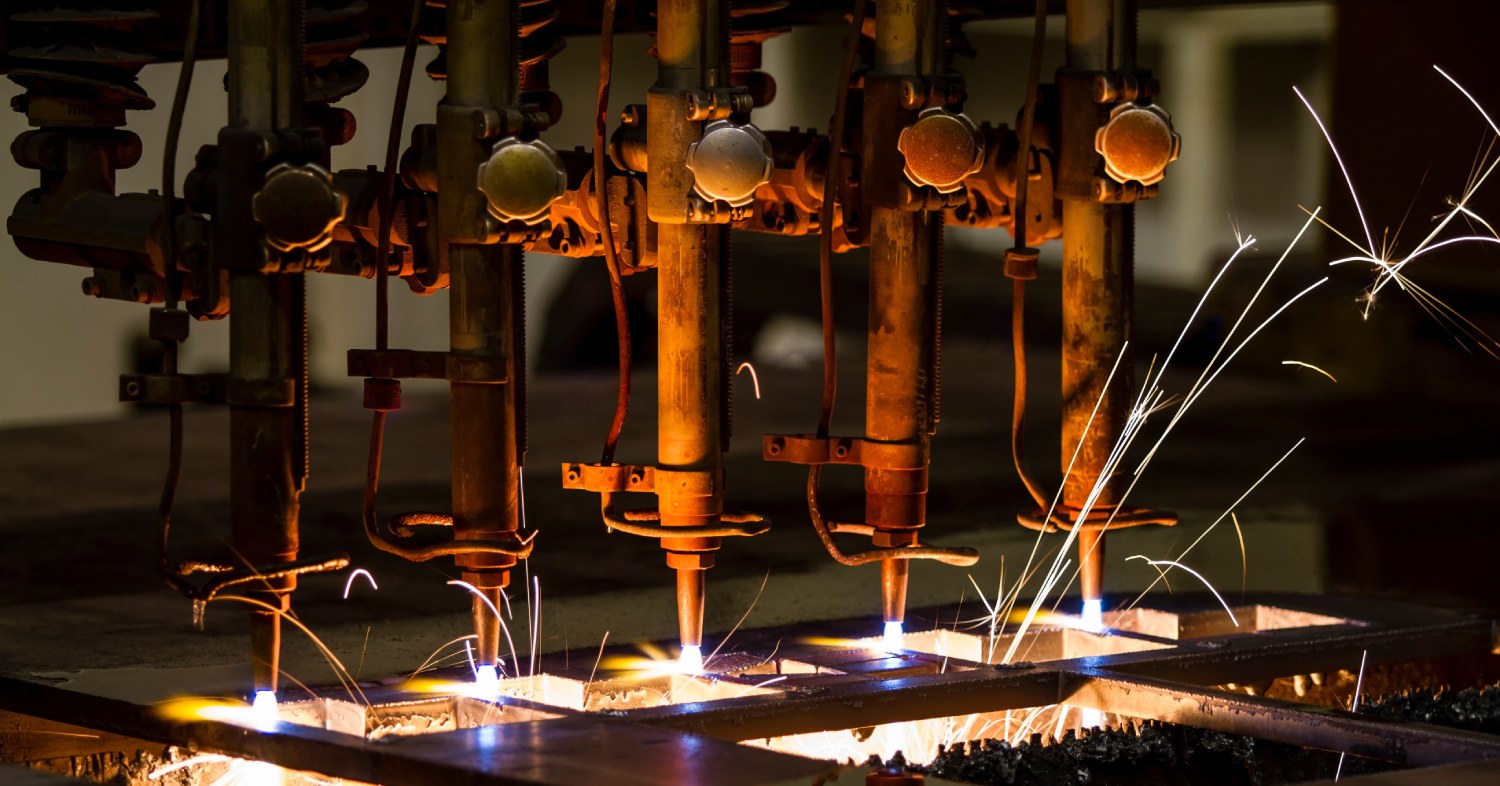
Manufacturing
3D printing, or additive manufacturing, is transforming traditional manufacturing by enabling faster, more flexible, and cost-efficient production. It's widely used for rapid prototyping, allowing engineers to quickly test and refine product designs. In production, it's applied to create jigs, fixtures, and tooling, streamlining assembly and reducing setup time. Manufacturers also use it for low-volume and custom part production, especially when traditional tooling is too expensive or time-consuming. Additionally, 3D printing supports on-demand spare parts, lightweight structures, and complex geometries not feasible with conventional methods, making it a powerful tool in modern manufacturing operations.
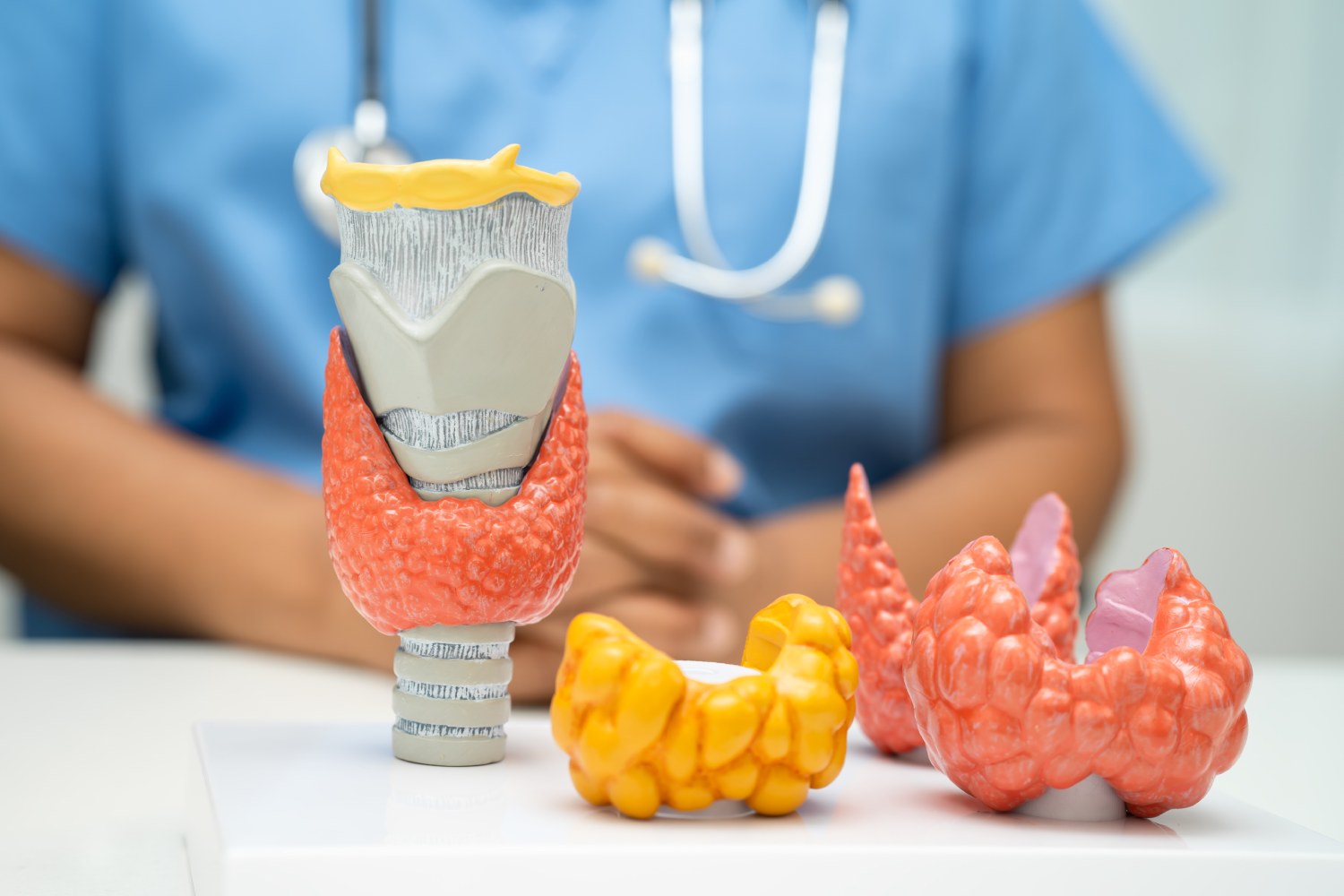
Medical
3D printing is revolutionizing healthcare by enabling personalized, precise, and cost-effective medical solutions. It’s used to create custom prosthetics and orthotics, tailored to individual patients for comfort and function. Surgeons use patient-specific anatomical models for pre-surgical planning and education. Implants and surgical tools can be 3D printed to match unique anatomical requirements, improving outcomes. In dentistry, it’s used for crowns, aligners, and dentures. Bioprinting is also emerging, with researchers exploring 3D-printed tissues and organs for regenerative medicine. Overall, 3D printing enhances care quality, speeds up treatment, and supports medical innovation.
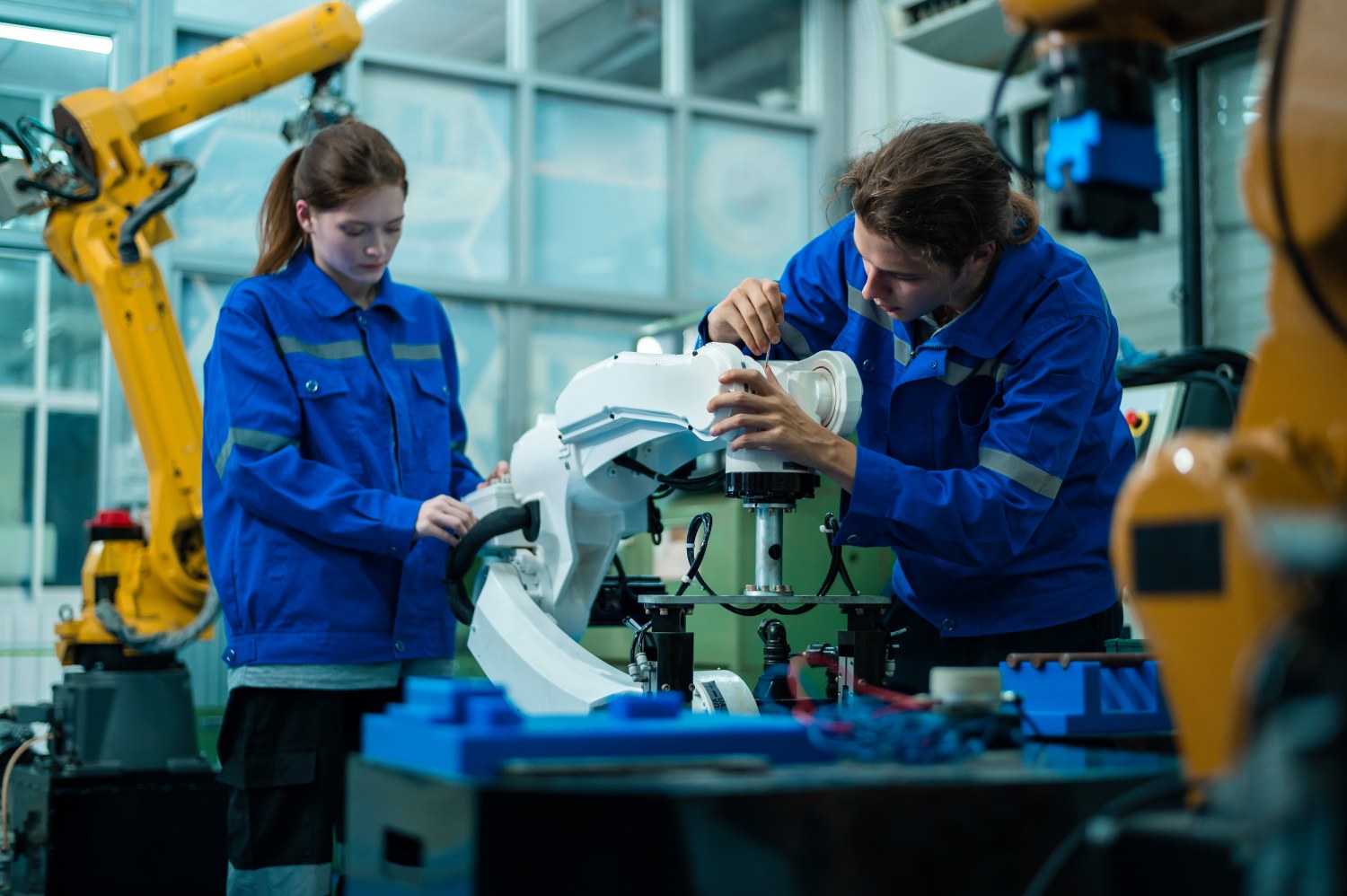
Robotics
3D printing plays a key role in robotics by enabling rapid development, customization, and lightweight construction. It’s widely used to create prototypes of robot parts, allowing quick iteration during design and testing. Engineers use it to fabricate custom housings, frames, grippers, and sensor mounts, often with complex geometries that are difficult to achieve with traditional methods. For educational and hobbyist robotics, 3D printing offers a low-cost way to build functional components. It also supports small-batch production and modular designs, making it ideal for agile robotics development and innovation.





